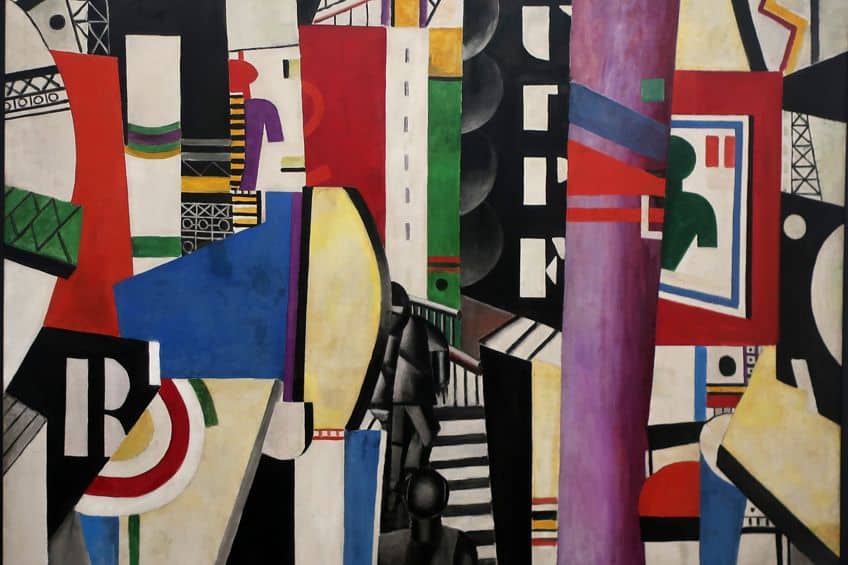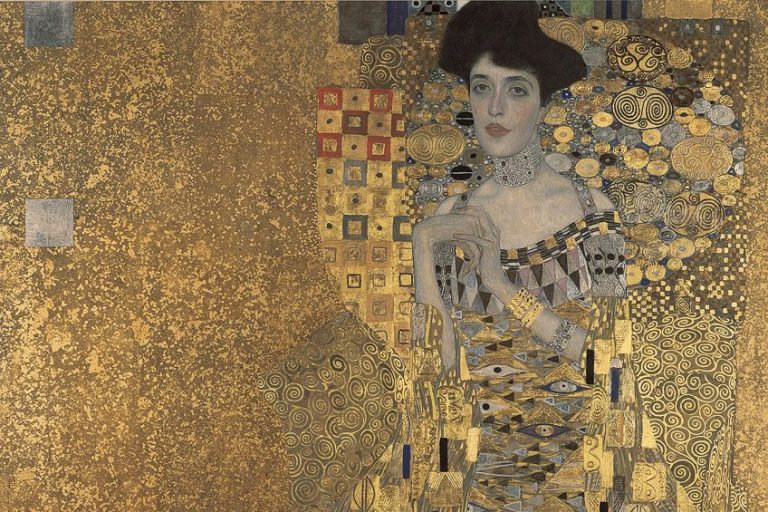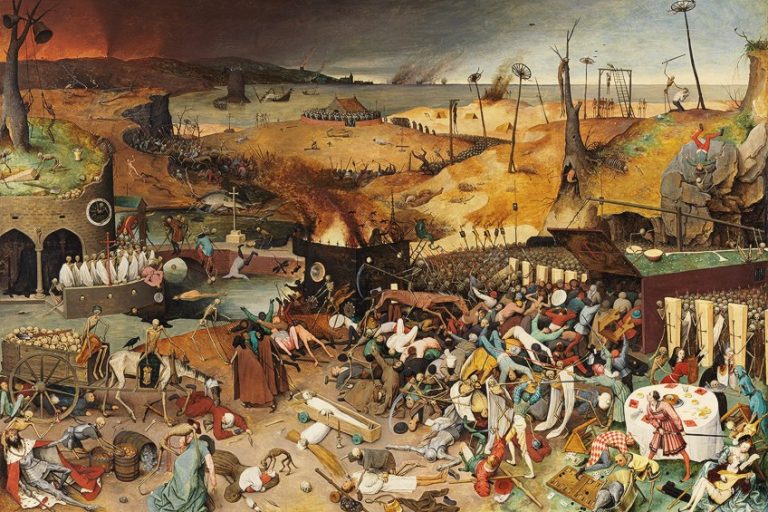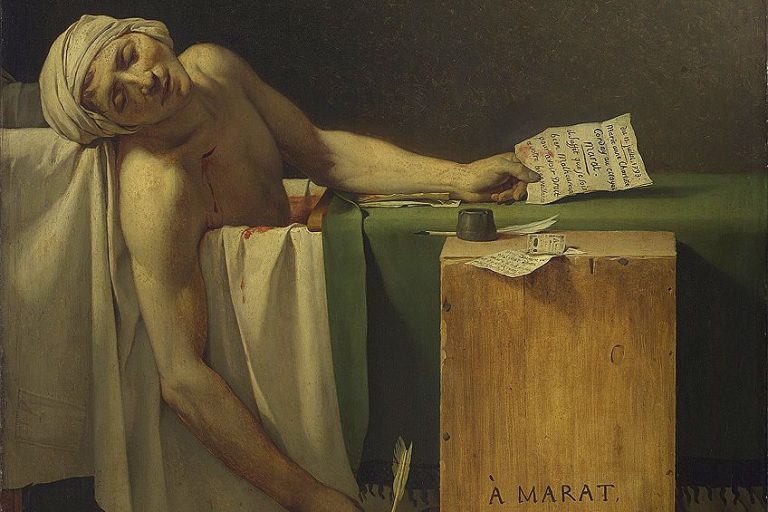“The City” by Fernand Léger – An Abstract Painting Analysis
Fernand Léger’s The City, created in 1919, stands as a quintessential example of the artist’s innovative approach to modern art, capturing the dynamic energy and complexity of urban life in the early 20th century. This monumental painting, which resides in the Philadelphia Museum of Art, exemplifies Léger’s fascination with the mechanical aspects of the modern cityscape. Through a vibrant palette and a fragmented, cubist-inspired composition, Léger translates the cacophony and rhythm of the metropolis onto the canvas, reflecting the rapid industrialization and technological advancements of the post-World War I era. The City not only showcases Léger’s unique artistic vision but also serves as a vivid snapshot of the transformative period in which it was created.
Key Takeaways
- The City reflects the dynamic energy of urban life through Cubist techniques.
- Léger’s war experiences significantly shaped his artistic vision.
- The painting remains influential in modern art and has been widely exhibited.
Historical Context and Inspiration
| Artist | Fernand Léger (1881 – 1955) |
|---|---|
| Date Created | 1919 |
| Medium | Oil on canvas |
| Genre | Modern Art |
| Period/Movement | Cubism |
| Dimensions (cm) | 231.1 × 298.4 |
| Series/Versions | Single version |
| Where Is It Housed? | Philadelphia Museum of Art, Philadelphia, Pennsylvania, United States |
| What It Is Worth | Not publicly auctioned; significant cultural and historical value |
Fernand Léger’s 1919 masterpiece, The City, stands as a striking testament to the transformative power of Cubism and modern art. This oil on canvas painting, currently housed in the Philadelphia Museum of Art, encapsulates the dynamic energy and structural complexity of urban life. Léger’s unique approach combines vibrant colors and geometric forms, creating a rhythmic and almost mechanical depiction of a bustling metropolis.
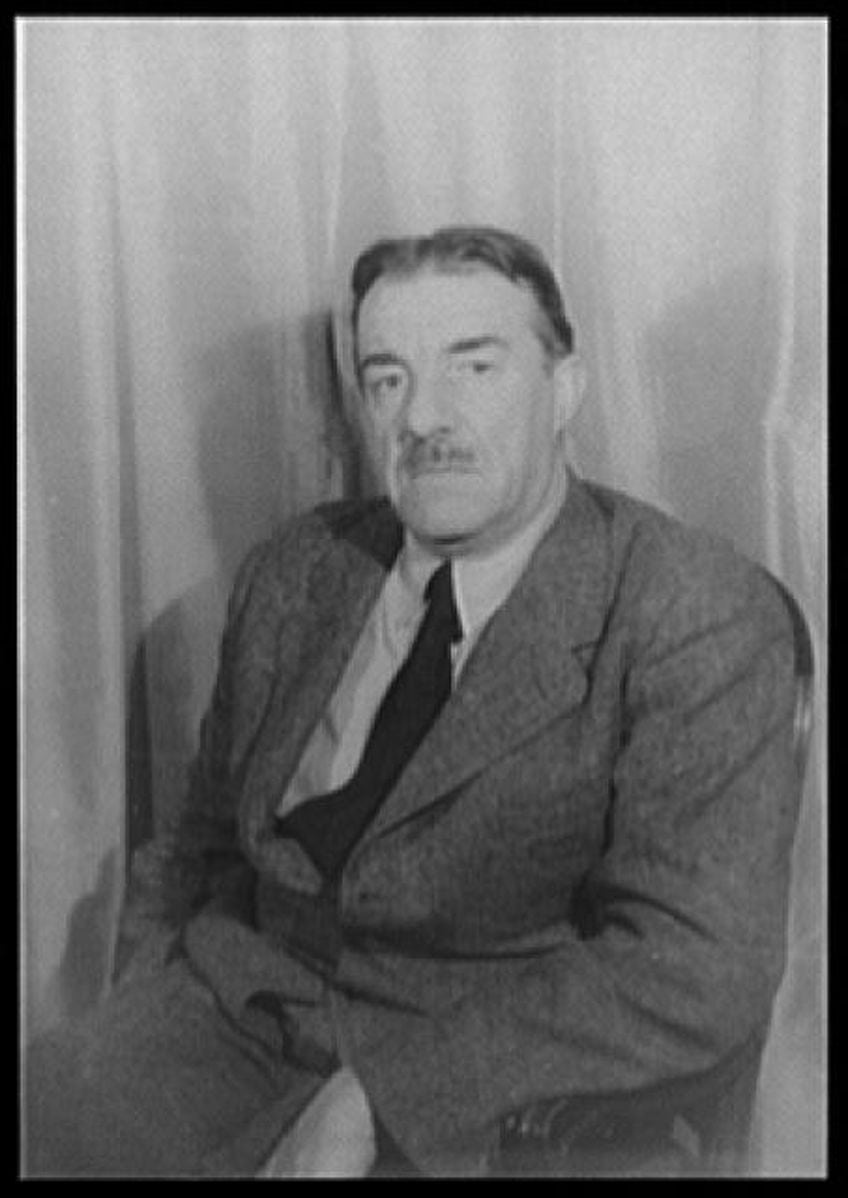
Léger’s service in World War I profoundly influenced his artistic direction, compelling him to reflect the new, unsentimental mentality born from modern conflict. The City serves as a vivid, visual exploration of this theme, capturing the essence of a city in perpetual motion, and reflecting Léger’s belief that modern painting should mirror the dynamism of contemporary society. As one of his most memorable works, The City has been exhibited in prestigious institutions such as the Guggenheim Museum and the Museum of Modern Art.
The painting’s vibrant interpretation of urban life not only established Léger as a prominent figure in modern art but also left a lasting impact on the evolution of Cubist painting.
Post-World War I Era
The aftermath of World War I led to profound social and cultural changes. Completed in 1919, The City captures the dynamic essence of modern urban life in Paris. The war’s end in 1918 had left European cities in a state of reconstruction and modernization. The rapid development of urban spaces, particularly skyscrapers, bridges, and industrial scaffolding, inspired artists to reflect these changes through their work. Léger sought to depict these elements using the fragmented and abstract style of Cubism, mirroring the disjointed yet energetic atmosphere of post-war Paris.

Fernand Léger’s Career and Philosophies
Fernand Léger was a prominent French painter known for his contributions to Cubism. Serving in the French army during the war had a lasting impact on his artistic vision. He believed that modern experiences required a new, unsentimental approach to art that was dynamic and reflective of contemporary life. Léger’s work often emphasized the interplay between human figures and machinery, highlighting the industrialization of society. In The City, he utilized bold geometric shapes and vibrant colors to express the vitality and complexity of urban existence. This approach aligned with his philosophy that art should resonate with the rhythms and structures of modern living. His dedication to abstract art allowed him to convey profound messages about the human condition and the rapidly changing world around him.
Through The City, Léger provided a visual commentary on the intricacies and innovations of the early 20th century.
Artistic Analysis of The City
The City by Fernand Léger showcases his mastery of Cubism, capturing the essence of urban life through thoughtful composition, dynamic colors, modern elements, and effective scaling. Each aspect enhances the viewer’s experience by drawing attention to the vibrant and ever-changing cityscape.

Composition and Structure
Léger’s composition in The City is characterized by its complexity and meticulous arrangement. The painting features a myriad of geometric shapes interwoven to create a bustling urban landscape. He employs a grid-like structure, reminiscent of the city’s layout, that organizes chaotic elements into a cohesive scene. Straight lines intersect with angles, reflecting the structural precision of urban architecture. This method highlights modernity and the rising dominance of urbanization. The use of overlapping forms and fragmented planes directs the viewer’s eye across the artwork, mimicking the erratic and multifaceted nature of city life.
This compositional technique not only captures the physical aspects of the city but also the sensory overload that accompanies it.
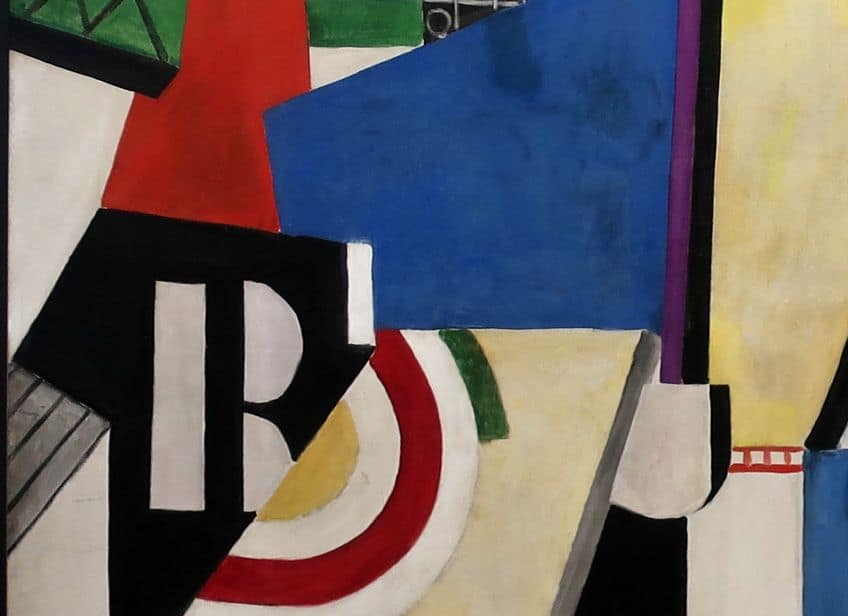
Use of Color and Depth
Léger’s use of bold, contrasting colors in The City creates a vivid depiction of urban dynamism. He utilizes primary colors—red, yellow, and blue—alongside black, white, and various hues of gray, which imbue the painting with a striking visual impact. This color palette emphasizes the industrial and modern essence of the setting. The juxtaposition of these colors against neutral backgrounds gives depth to the painting, allowing certain elements to pop and grab the viewer’s attention.
This contrast between vibrant and muted tones simulates the interplay of light and shadows in an urban environment, adding another layer of realism to the depiction.

Cubist Influence and Modern Elements
The City stands as a quintessential example of Cubist influence, embodying the movement’s principles through its fragmented forms and angular depictions. Léger incorporates a variety of modern elements such as billboards, traffic lights, and scaffolding, symbolizing the technological advancements and the rapidly changing urban landscape. These elements are modified into abstract forms, yet they retain recognizable features that anchor the composition in the context of a bustling metropolis.
By doing so, Léger not only aligns with the Cubist ethos of breaking down objects into basic shapes but also conveys the essence of modern life with a fresh perspective.

The Significance of Scale and Viewer Interaction
Scale plays a crucial role in The City, as Léger skillfully varies the sizes of different elements to reflect the grandeur and density of the urban environment. The towering forms suggest skyscrapers, while smaller geometric shapes indicate the congestion of buildings and streets below. This manipulation of scale helps the viewer to grasp the enormity and complexity of the city. The viewer is invited to engage actively with the painting, as the differing scales and fragmented forms create multiple focal points. This interaction mimics the experience of navigating a real city, where one’s attention is constantly shifting between various stimuli.
Thus, the scale and structure push the viewer to explore the painting as they would explore the city itself.

Impact on Modern Art and Legacy
The City by Fernand Léger stands as a key work in early Modern Art, pushing the boundaries of Cubism and influencing future generations of artists. The painting’s home at the Philadelphia Museum of Art ensures its continued visibility and impact. Léger’s The City captures the dynamic energy and fragmentation of urban life, characteristic of early 20th-century Modern Art. Using bold colors and geometric forms, Léger synthesized Cubist techniques with his own vision. Through this work, he emphasized the machine aesthetics and urban modernity, aligning with the broader Futurist movement. His approach to modern painting introduced a fresh perspective, blending abstraction and realism, and reinforcing the idea that art should reflect contemporary life.

Léger’s Influence on Future Artists
Fernand Léger’s pioneering style in The City had a profound influence on subsequent generations of artists. His integration of Cubism with a more accessible, figurative style inspired movements like Precisionism in the United States. Artists such as Stuart Davis and Charles Demuth drew on Léger’s methods to depict modern industrial America.
Moreover, his focus on integrating art into everyday life laid the groundwork for later developments in socially engaged art and urban public artworks.
The Painting’s Home: Philadelphia Museum of Art
Since its acquisition, The City has been a cornerstone of the Philadelphia Museum of Art’s collection. This location has facilitated academic study and public appreciation of Léger’s contributions to modern painting. The museum’s interdisciplinary exhibitions, such as Léger: Modern Art and the Metropolis, contextualize the painting within broader art history narratives. Léger’s legacy is thus continually explored, engaging new audiences and ensuring that The City remains a pivotal work within Modern Art’s evolution.
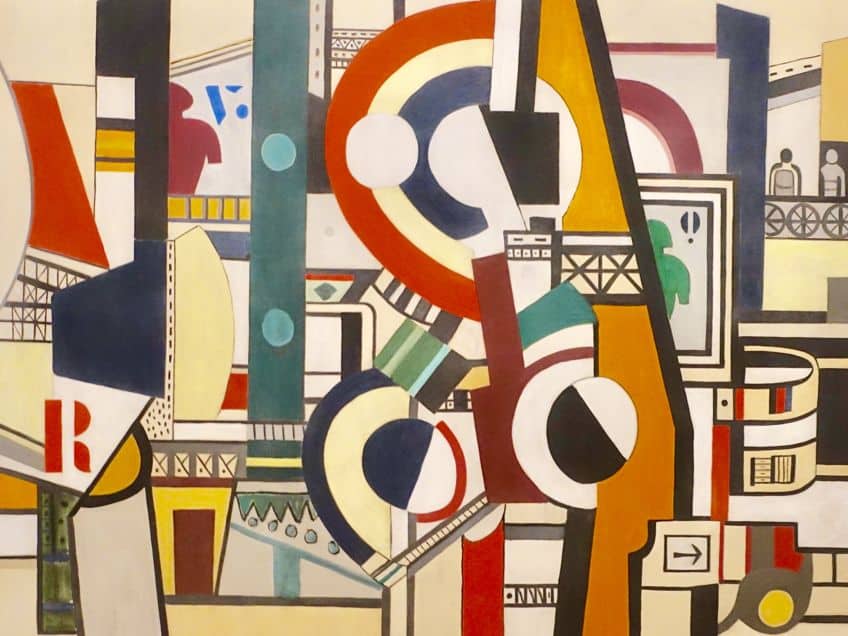
Léger’s The City encapsulates the artist’s innovative fusion of Cubism and Modernism, presenting a vivid portrayal of urban dynamism and technological progress in the early 20th century. The painting’s bold colors, geometric forms, and rhythmic composition reflect Léger’s vision of the metropolis as a vibrant, living entity. By celebrating the machine age and its impact on human experience, The City remains a powerful testament to the artist’s ability to capture the essence of modernity. Its lasting influence and enduring relevance underscore Léger’s pivotal role in the evolution of modern art, making The City a cornerstone in the study of urban representation and avant-garde movements.
Frequently Asked Questions
What Is the Significance of Urban Architecture in Fernand Léger’s The City?
Urban architecture plays a critical role in The City, showcasing towering skyscrapers, bridges, and scaffolding. These elements symbolize the rapid industrialization and urbanization of the early 20th century, reflecting the growth and complexity of modern metropolises.
How Does The City Embody the Characteristics of Cubism?
The City exemplifies Cubist characteristics through its fragmented forms, geometric shapes, and multiple perspectives. Léger’s use of bold colors and abstract forms encapsulates the disjointed rhythms and mechanical essence of urban life, typical of the Cubist movement’s challenge to traditional representation.
What Themes Are Explored in Fernand Léger’s Painting, The City?
The painting explores themes like modernity, industrialization, and the dynamic nature of urban life. Léger’s experience in World War I influenced his view on the new, unsentimental mentality required for modern society, which he expressed through the mechanized and ever-shifting composition of the cityscape.
How Has The City Contributed to the Evolution of Modern Art?
The City has contributed to modern art by blending Cubist aesthetics with themes of contemporary urbanism. Its innovative approach to depicting movement and structure influenced subsequent generations of artists and solidified Léger’s place as a crucial figure in both Cubism and modern art’s evolution.
Isabella studied at the University of Cape Town in South Africa and graduated with a Bachelor of Arts majoring in English Literature & Language and Psychology. Throughout her undergraduate years, she took Art History as an additional subject and absolutely loved it. Building on from her art history knowledge that began in high school, art has always been a particular area of fascination for her. From learning about artworks previously unknown to her, or sharpening her existing understanding of specific works, the ability to continue learning within this interesting sphere excites her greatly.
Her focal points of interest in art history encompass profiling specific artists and art movements, as it is these areas where she is able to really dig deep into the rich narrative of the art world. Additionally, she particularly enjoys exploring the different artistic styles of the 20th century, as well as the important impact that female artists have had on the development of art history.
Learn more about Isabella Meyer and the Art in Context Team.
Cite this Article
Isabella, Meyer, ““The City” by Fernand Léger – An Abstract Painting Analysis.” Art in Context. June 27, 2024. URL: https://artincontext.org/the-city-by-fernand-leger/
Meyer, I. (2024, 27 June). “The City” by Fernand Léger – An Abstract Painting Analysis. Art in Context. https://artincontext.org/the-city-by-fernand-leger/
Meyer, Isabella. ““The City” by Fernand Léger – An Abstract Painting Analysis.” Art in Context, June 27, 2024. https://artincontext.org/the-city-by-fernand-leger/.


